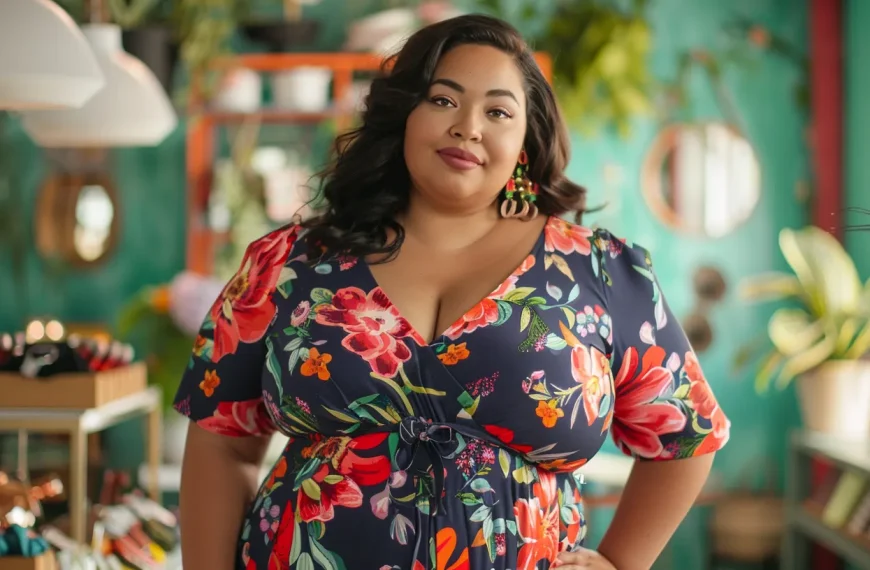During your last visit to a high-end hotel, you may have noticed the luxurious leather upholstery in the lobby. It signaled both comfort and sophistication.
As you consider the different types of upholstery fabric, you are faced with choices beyond mere aesthetics. You must weigh the merits of natural fibers like linen against the hardiness of synthetics such as microfiber.
Take time to ponder the unique attributes of each material. Will the breathability of cotton suit your climate? Or does the easy-care nature of acrylic better serve your needs?
As you stand at this crossroads, think carefully about the daily demands on your furniture, from sun exposure to spills. Let those realities guide you toward a fabric that complements your decor and endures the test of time and use.
Key Takeaways
- Linen, silk, wool, cotton, and rayon are different upholstery fabrics. They have varying features and maintenance requirements.
- Polyester, nylon, acrylic, olefin, and velvet offer different maintenance and aesthetic options.
- Nylon, acrylic blended with cotton, olefin, chenille, and microfiber are famous for their durability and ability to withstand wear and tear.
- Different types of upholstery fabric are suitable for specific needs. These include pet-friendly fabrics, senior living facilities, commercial and automotive use, and homes with kids.
What is Upholstery?
Upholstery refers to the material—including fabric, padding, webbing, and springs—that covers furniture. It provides comfort and an aesthetic finish to chairs, sofas, and other furnishings. Your selection of upholstery is crucial, as it is the surface that will be in constant contact with you and reflect your style and preferences.
Upholstering isn’t just about covering a piece of furniture. It’s also about selecting the suitable fabric that complements its form and function. You need to choose a material that can withstand the specific demands of your space. For example, velvet is an excellent choice if you’re looking for a luxurious feel in a low-traffic area. Meanwhile, polyester is a more robust option for a space with more activity. Leather, with its rich patina, communicates both luxury and durability. Natural fibers like cotton and linen offer breathable comfort and casual elegance.
The upholstery acts as a shield against wear and tear. So, make sure to choose a material resistant to soil and sunlight exposure and easy to maintain. Additionally, many options are available for upholstery designs, such as basketweave, plaid, or high-end Italian textiles. They can add a unique touch to your space. It’s important to strike a balance between the technical specifications and the visual appeal of the upholstery. This will ensure that your furniture not only lasts long but also looks great.
Different Types of Upholstery Fabric
As you explore upholstery options, you’ll encounter a variety of fabrics. Each has unique characteristics. Let’s dive into different types of upholstery fabric!
1. Linen
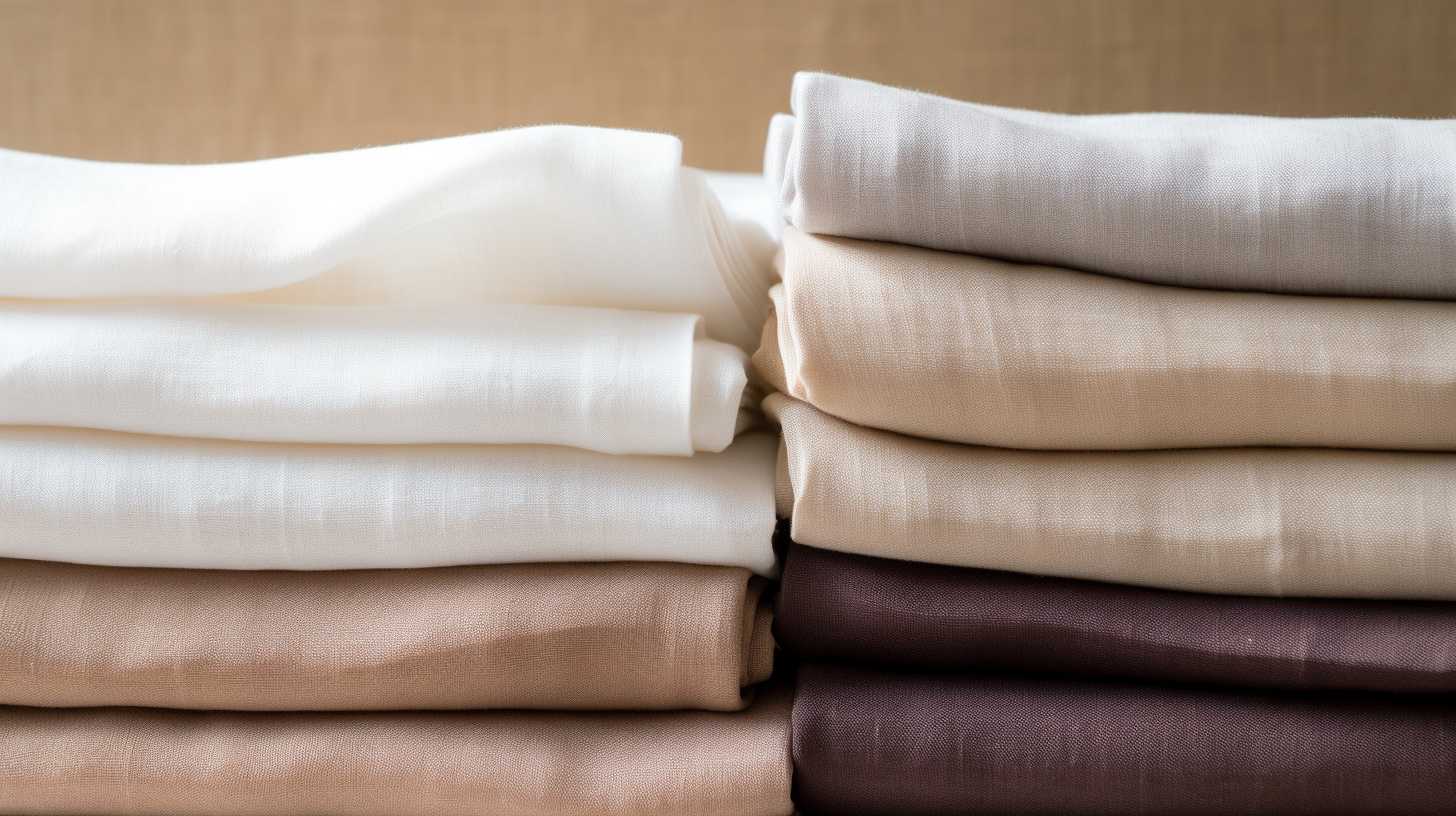
For those seeking both style and practicality, linen is an exemplary upholstery fabric. It boasts not only a classic aesthetic but also notable durability against fading and mildew. Linen upholstery fabric is woven from the fibers of the flax plant. It brings a touch of natural elegance to any space.
Here’s what you need to know:
- Natural Fiber: As a natural fiber, linen is breathable and comfortable. It’s ideal for warmer climates.
- Maintenance: While it may stain easily, adding wrinkle protection to the fabric can help maintain its crisp appearance. Be mindful that linen can shrink. So, you’d better dry clean it.
- Aesthetic Appeal: The distinct texture of linen adds depth to your furnishings. It complements both modern and traditional designs with its relaxed yet refined look.
2. Cotton

While linen offers a distinct natural elegance, cotton stands out for its remarkable blend of breathability and versatility. As one of the most popular natural fabrics, cotton ensures a comfortable seating experience due to its soft, woolly texture. Its inherent properties make it a durable fabric that resists wear, fading, and pilling. But, its durability largely hinges on the weave and finish employed during production.
You’ll find that cotton is relatively easy to clean. But it’s susceptible to stains. Thus, it needs prompt attention, especially in homes with heavy use. When selecting cotton for your upholstery, examine the fabric’s density and treatment for improved stain resistance and longevity. With the right care, cotton can maintain its aesthetic appeal while enduring the demands of daily life.
3. Wool

Harnessing the natural warmth and durability of sheep’s wool, upholstery fabrics woven from this material offer a blend of comfort and resilience. This is ideal for frequently used furniture. You’ll find that wool has a soft feel that contributes to an inviting aesthetic. Yet, you can’t overstate its practical advantages:
- Wool is inherently resistant to fading. This ensures that your pieces keep their color even when exposed to sunlight.
- Unlike some synthetic or natural fibers, wool doesn’t prompt the fabric to fade quickly. It can maintain the vibrancy of your upholstery.
- It’s well-known for being robust, with a natural ability to repel stains and dirt, which simplifies maintenance and extends the life of your furniture.
4. Silk
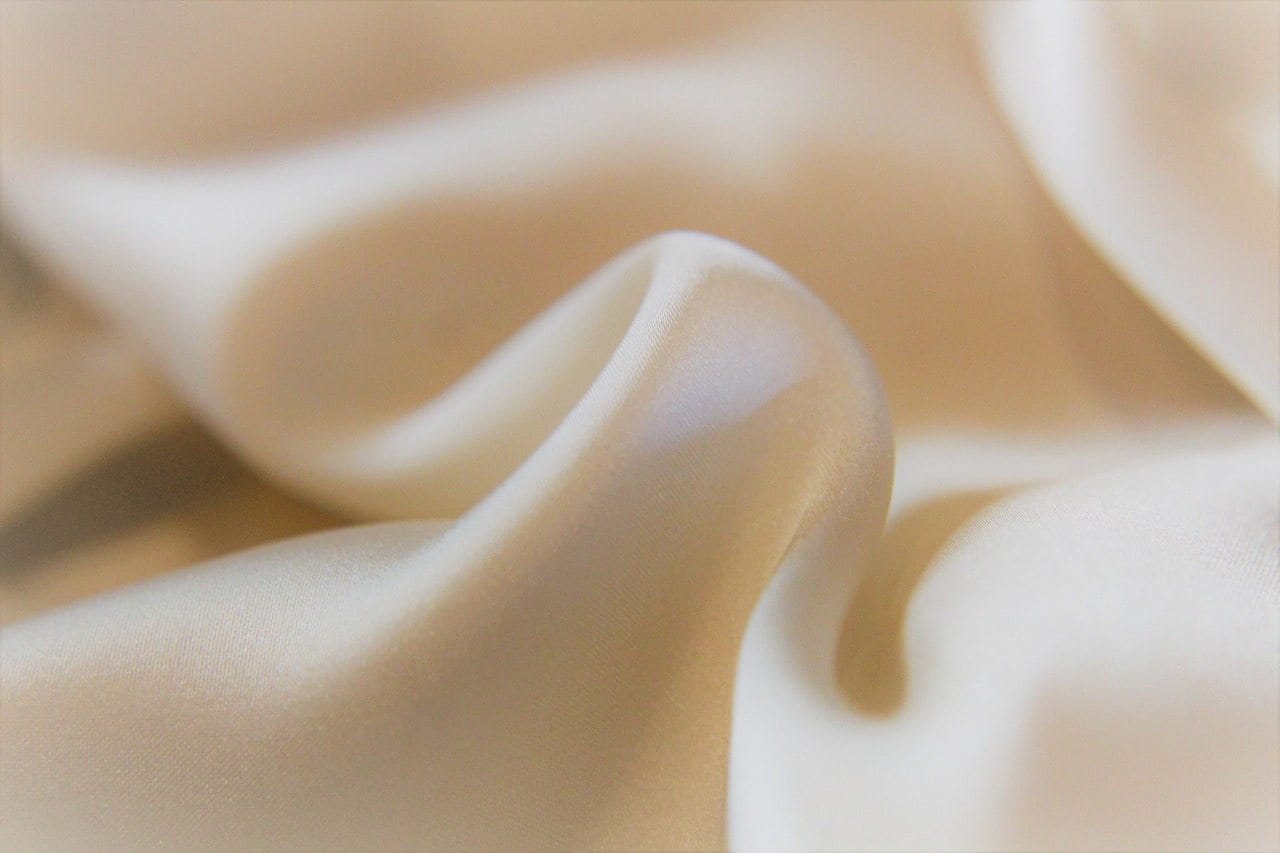
Moving from wool, silk upholstery fabric has a delicate nature and a luxurious feel. It is more suited to areas of your home that call for elegance and less wear. Among natural upholstery fabrics, silk is one of the most expensive options. But it exudes unparalleled sophistication. Varieties like Dupioni and Charmeuse offer distinct textures and sheens. They can enhance the aesthetic appeal of your decor.
Silk’s smooth, lustrous finish can elevate the ambiance of a space. But remember, it’s not just about looks; silk demands careful maintenance. It’s vulnerable to sunlight, water, and abrasion. While some materials are developed to imitate silk, providing a similar aesthetic without fragility, genuine silk remains the epitome of luxury for those special pieces that are more about visual splendor than everyday functionality.
5. Rayon
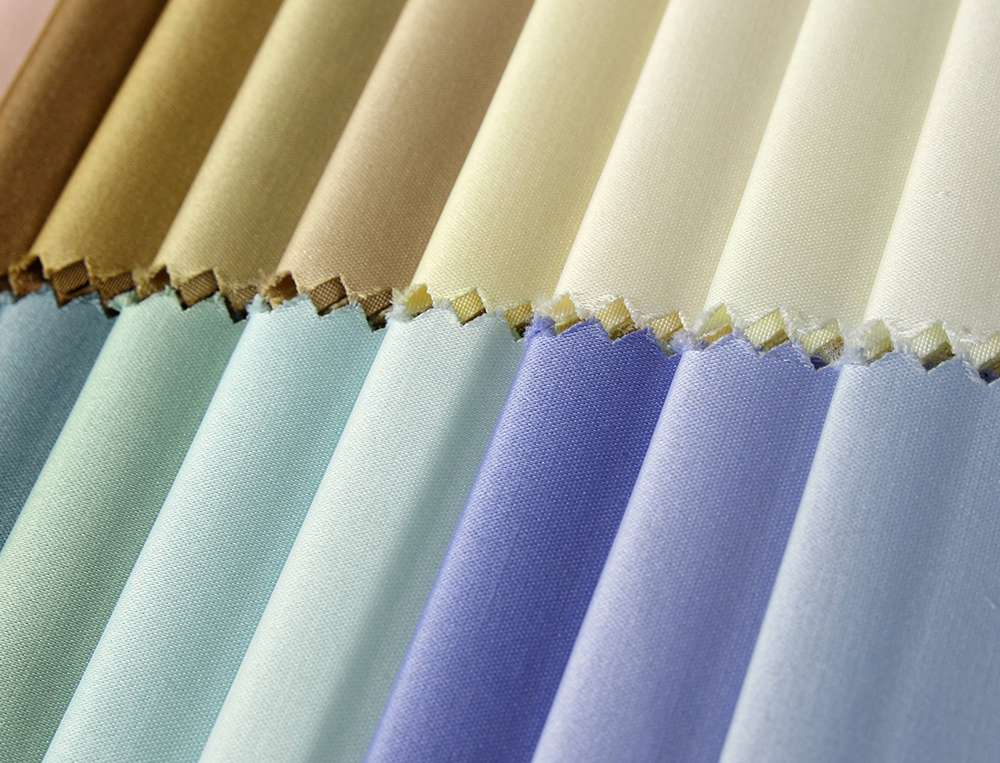
If you’re seeking an upholstery fabric that combines luxury with affordability, consider rayon. It’s a semi-synthetic option known for its soft texture and elegant drape. As you weigh your fabric choice, remember that while rayon mimics the feel of natural fibers, it doesn’t quite match their durability.
Here’s what you need to know:
- Types: Rayon comes in various forms, like viscose, modal, and lyocell. Each offers distinct aesthetic and functional qualities.
- Maintenance: This fabric demands attentive care. Because it is susceptible to moisture and shrinkage.
- Application: Opt for rayon in low-traffic areas to reduce pilling and extend the lifespan of your furniture’s upholstery.
6. Leather
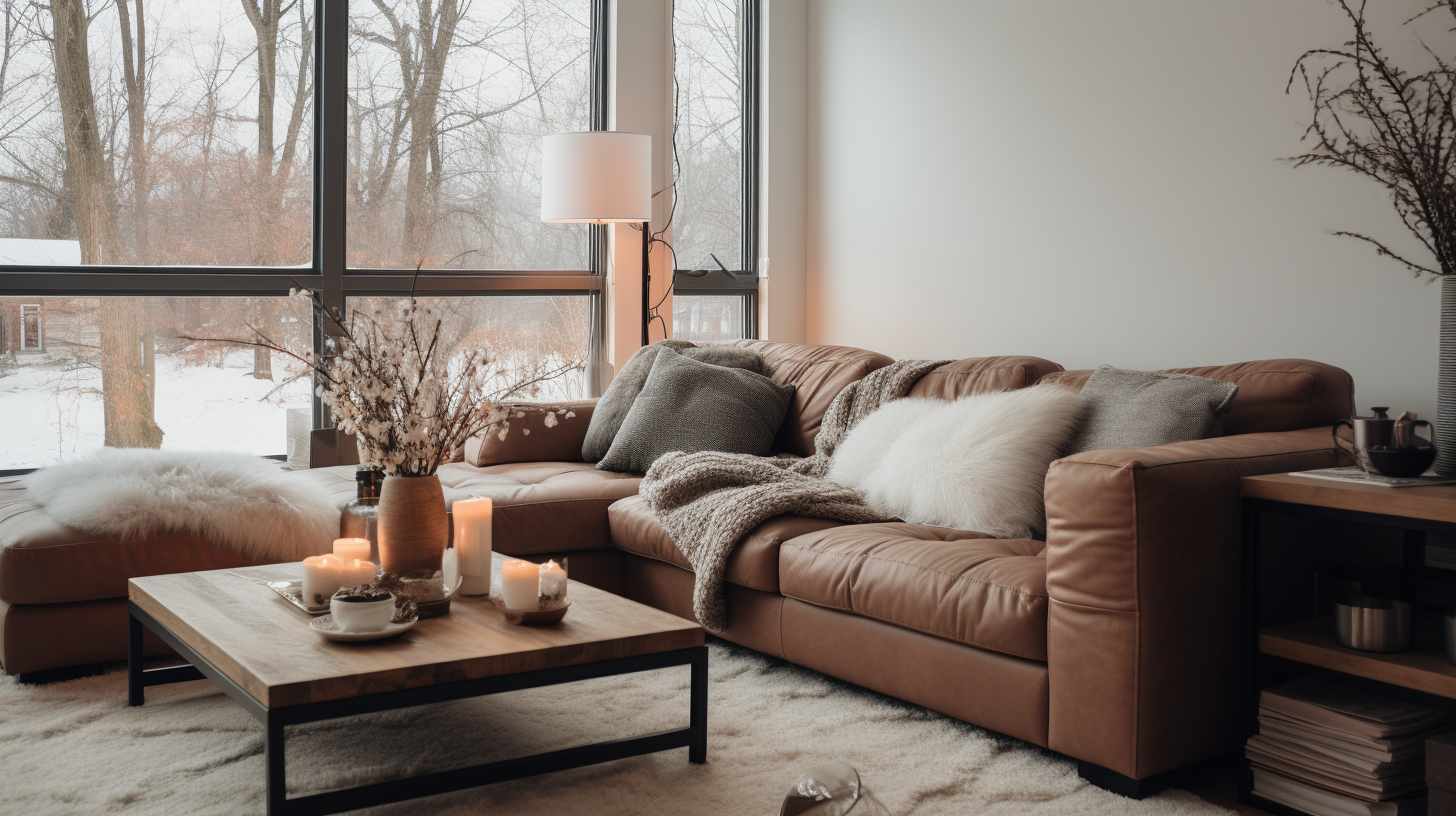
For a sophisticated and timeless look, leather stands out as a top contender for its robustness and classic appeal. Leather upholstery is strong and durable. It’s an ideal choice if you’re aiming for furniture that withstands the test of time. Each piece of furniture adorned with leather exudes luxury and improves with age, provided you maintain it well.
To keep the elegance of your leather furniture, it’s wise to have it professionally cleaned to avoid damaging the material. Although bonded leather has a uniform texture and artificial leather is resistant to stains, genuine leather is still the best choice regarding durability and appearance. Despite it being non-vegan and possibly stiff, leather is a high-quality and long-lasting option for upholstery.
7. Polyester

Polyester’s resilience and easy-care properties make it a standout choice among upholstery fabrics. It blends functionality with many stylish patterns and textures to complement any interior design.
As a synthetic fiber, polyester offers several advantages:
- Durability: It’s resistant to pilling. It can endure significant wear and tear without compromising the integrity of its weave.
- Maintenance: This fabric doesn’t wrinkle and stain easily. It is a practical option for busy households and high-use furniture.
- Aesthetics: Polyester synthetic upholstery fabrics come in numerous finishes and designs. This ensures that both the technical and aesthetic requirements are met.
Whether you’re refurbishing a vintage sofa or personalizing a new lounge chair, polyester provides a harmonious balance between visual appeal and functional longevity.
8. Nylon
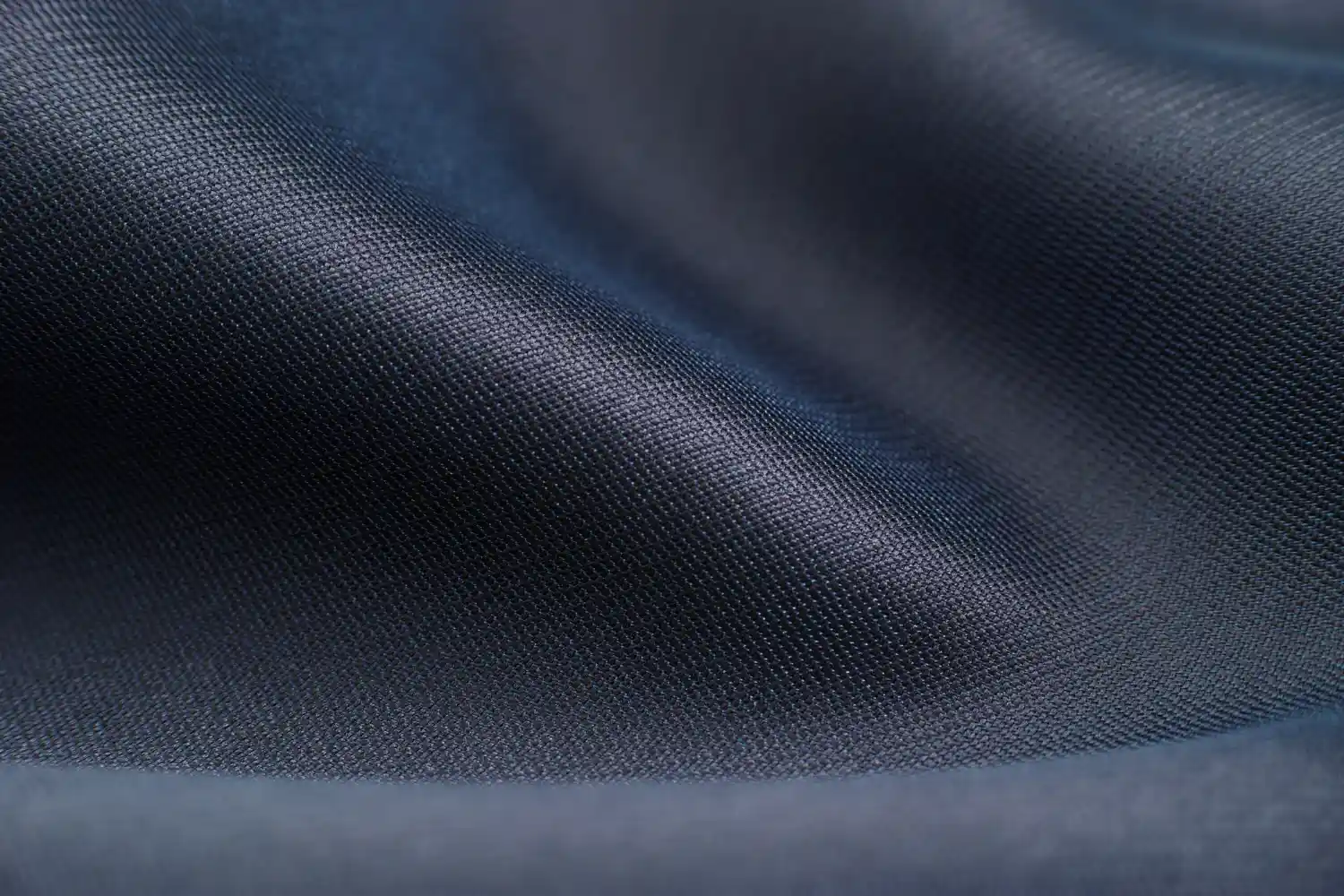
Building on the robust nature of polyester, nylon is another synthetic upholstery fabric. It is popular for its exceptional strength and ability to withstand high-traffic environments. As you explore upholstery fabric options, consider nylon for its superior wear and tear resistance. It’s a durable choice and well-suited for pieces that will see frequent use.
Moreover, solution-dyed nylon is engineered for fade resistance. It ensures that your outdoor upholstery maintains its vibrant color even under the sun’s relentless rays. The tactile versatility of soft nylon brings an unexpected aesthetic appeal. It offers a luxurious feel without sacrificing durability.
Whether you’re furnishing a bustling family room or decking out a sun-soaked patio, nylon’s resilient nature makes it a smart, enduring choice.
9. Acrylic
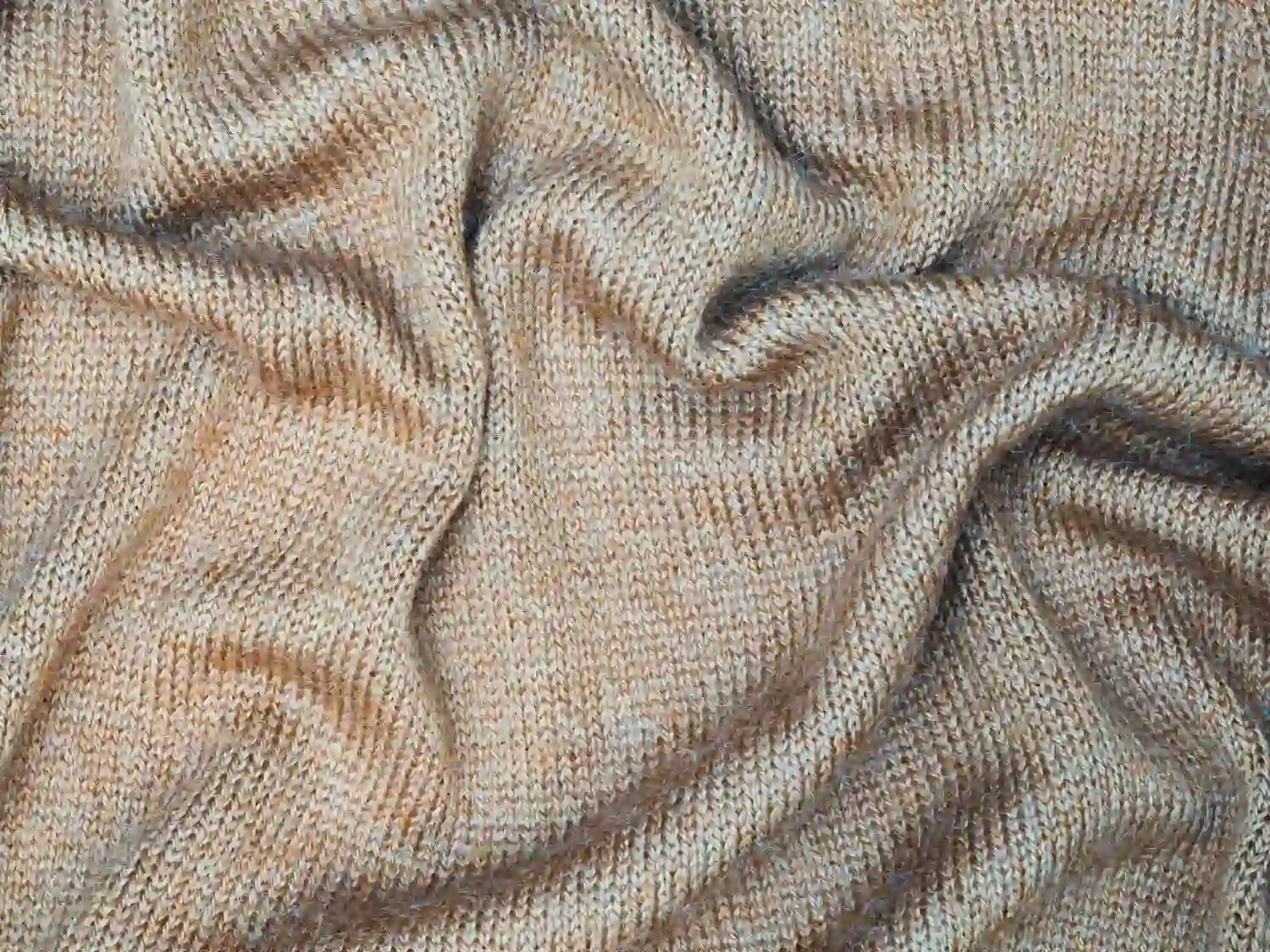
Acrylic upholstery fabric is often chosen for its wool-like texture and cost-effectiveness. It demands attention for its maintenance needs, particularly its tendency to pill under stress and low heat tolerance. As you select upholstery for your space, consider these aspects of acrylic:
- Pilling: Acrylic fibers may form small balls on the surface when rubbed. Use a fabric shaver to maintain its appearance.
- Heat Sensitivity: Protect acrylic from high temperatures. Avoid melting or damaging the fabric.
- Dyeing Process: Acrylic is easy to dye, offering vibrant color options. This makes it a great choice for custom designs.
Blending acrylic with cotton can enhance durability and reduce pilling. This ensures your upholstered items keep their technical integrity and aesthetic appeal. Always follow care instructions to preserve the life of your acrylic furnishings.
10. Olefin
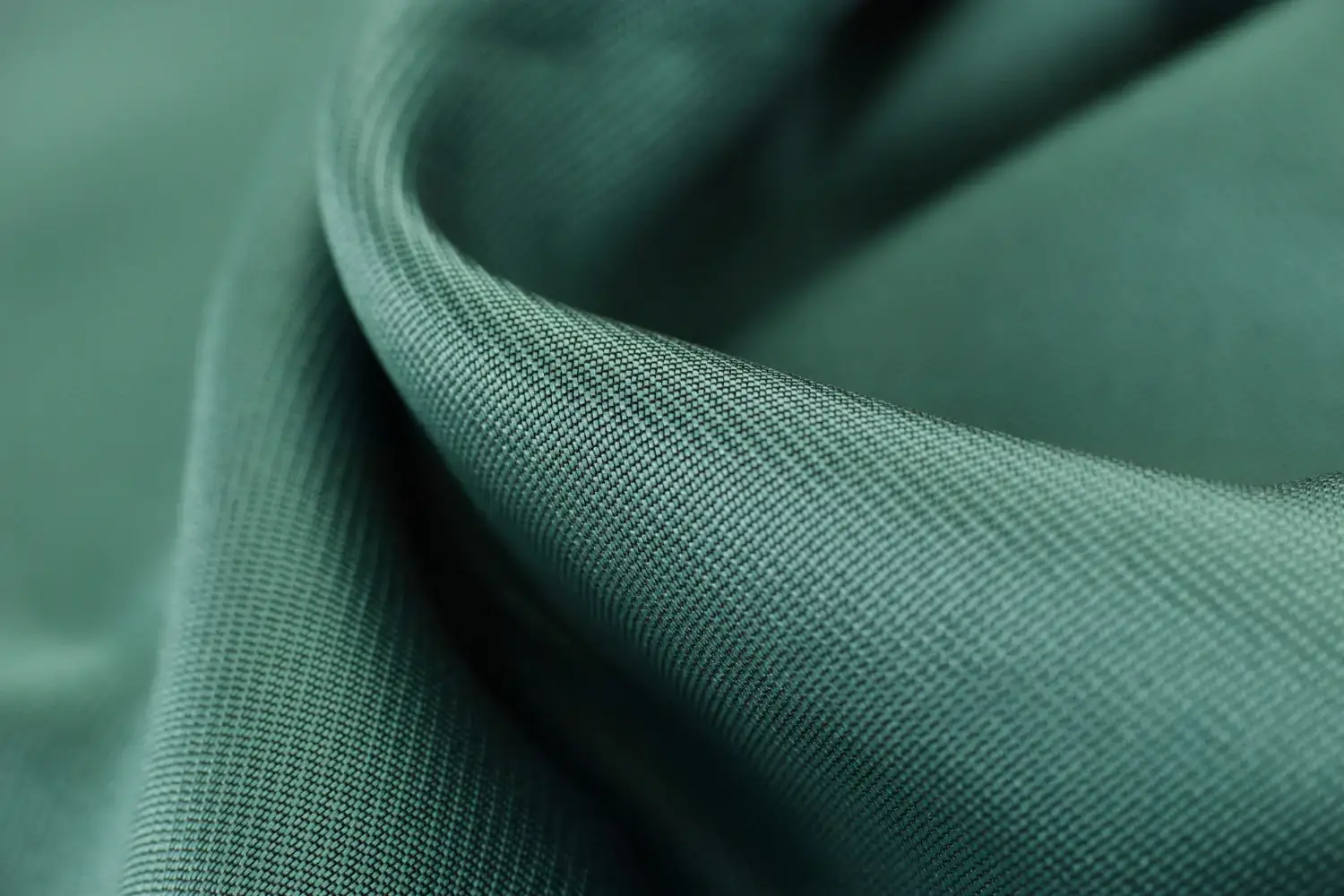
Among synthetic fibers, olefin stands out for its durability and water-resistant capabilities. It’s a great choice for high-performance upholstery in demanding spaces.
Olefin is a petroleum-based synthetic fiber. It has a woolly appearance that’s not only aesthetically pleasing but also technically proficient. It is an excellent choice for outdoor settings due to its intrinsic ability to resist abrasion and sunlight. It can ensure your pieces last for years with proper care.
Olefin is a popular choice for upholstery due to its affordability, despite being susceptible to oil stains and excessive sunlight. It is a good option for high-traffic areas due to its resistance to moisture. It offers lower manufacturing costs than natural fabrics, making it a cost-effective solution. Overall, olefin provides a well-rounded upholstery solution that blends functionality with affordability.
11. Velvet
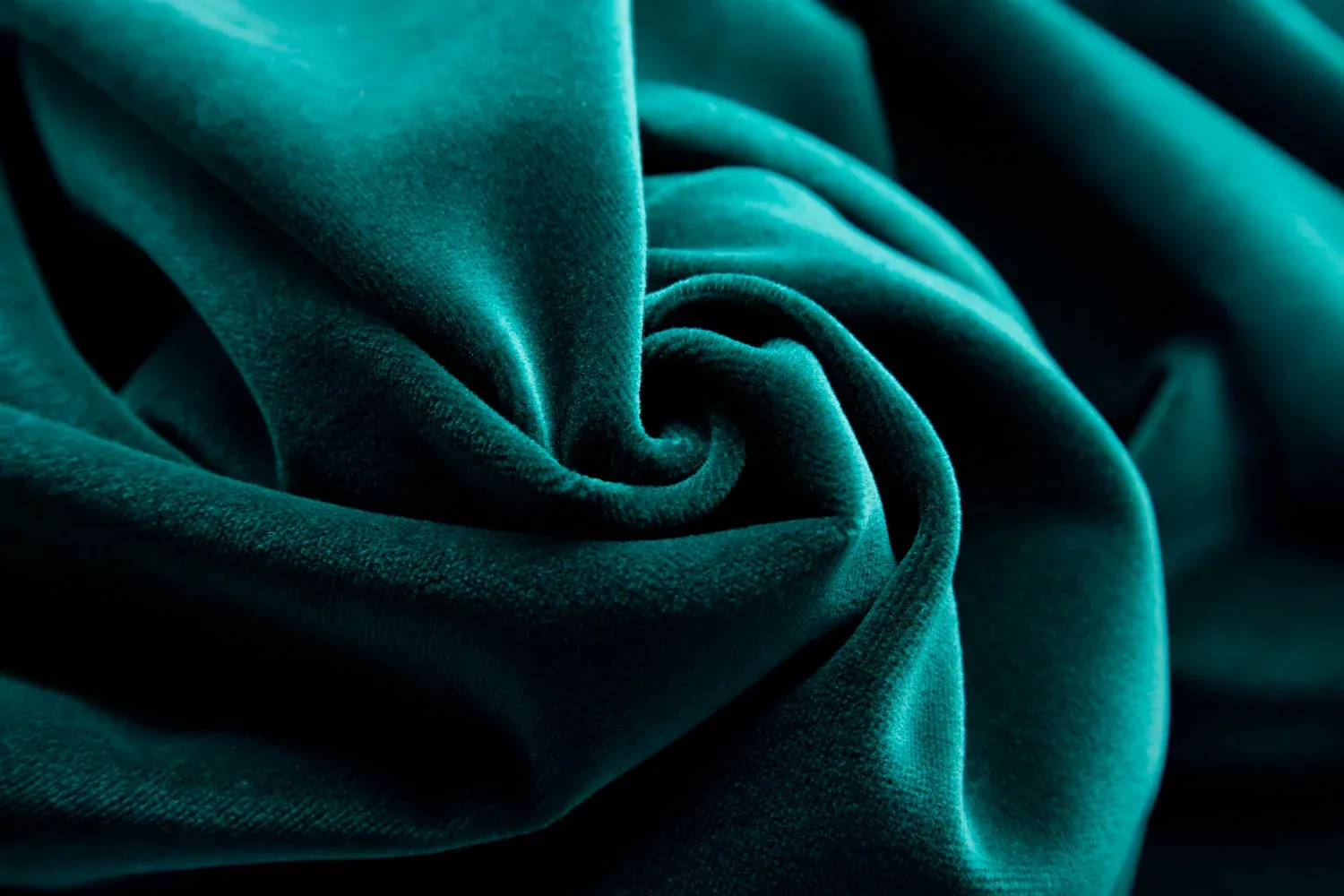
Stepping into the realm of opulent textures, velvet upholstery fabric elevates your furniture with its sumptuous and sophisticated feel. It offers both comfort and a splash of luxury. As a popular upholstery fabric, velvet is famous for its:
- Luxurious Softness: The dense velvet fabric pile creates a soft and comfortable surface. It’s perfect for those moments of relaxation.
- Aesthetic Versatility: Velvet is available in various colors and patterns. It can complement a vast range of interior design themes, from classic to contemporary.
- Special Care: Velvet is elegant but not ideal for everyday use due to its plush nature. Proper spot cleaning and occasional professional care are necessary to maintain its beauty.
Immerse yourself in the tactile beauty of velvet. Infuse your living space with its timeless charm.
12. Chenille

Chenille is a versatile upholstery fabric that combines comfort with durability. It is made from a blend of materials like cotton, silk, wool, and rayon, giving it a soft yet tough texture. Chenille is popular for its ability to withstand wear and tear while maintaining a luxurious appearance. It is a great option for long-term use.
Choosing chenille means selecting an upholstery fabric with a cozy and inviting feel. With a wide range of colors and patterns, chenille offers design versatility. This ensures that your furniture not only lasts but also adds elegance to your living space.
At Longancraft, we’ve got a wide range of chenille fabrics for you to choose from.
13. Microfiber
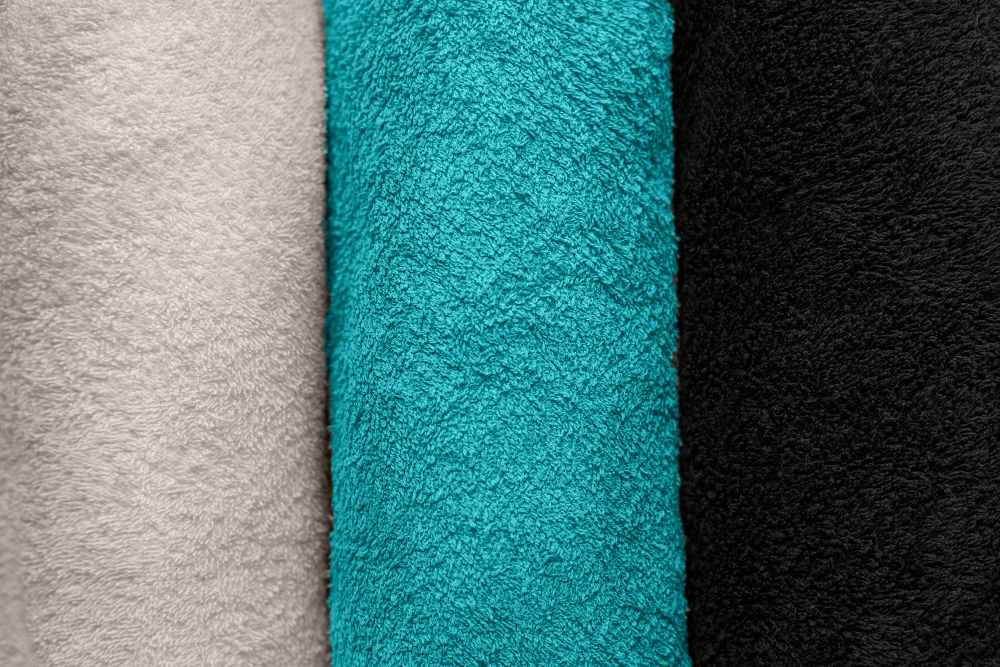
While chenille is a good option, microfiber brings its own set of advantages to the table. It has exceptional durability and stain resistance that cater to an active household’s needs.
As you consult with your upholsterer, consider these technical aspects of microfiber:
- Composition: Microfiber is a fine synthetic polyester material. It can withstand significant wear and tear. It is one of the best upholstery fabrics for a frequently used sofa.
- Maintenance: Its tightly woven fibers prevent spills from immediately soaking in. This ensures easy cleanup when it gets wet. Regular care is straightforward, maintaining the aesthetic integrity of your furniture.
- Variety: Microfiber offers a tactile experience akin to suede. It comes in diverse textures like suede microfiber, textured microfiber, and crushed microfiber. Each presents a distinct aesthetic appeal.
Different Upholstery Fabrics for Various Needs
You’ll find that pet-friendly fabrics are essential for families with furry friends. These fabrics offer durability and ease of cleaning.
In senior living facilities, comfort and accessibility are paramount. Opt for soft yet sturdy materials that can withstand frequent cleaning.
For commercial and automotive applications, prioritize heavy-duty textiles. They can endure extensive wear while maintaining a professional appearance.
For Homes with Kids
When outfitting a family home, you can select leather upholstery for its unparalleled durability and effortless maintenance. This choice ensures that your living spaces remain both stylish and kid-proof.
If you’re in search of the perfect upholstery fabric, consider these options:
- Synthetic Fabrics: Opt for polyester or microfiber. These fabrics are less susceptible to stains and are easy to clean if something is spilled.
- Natural Fabrics with Finishes: While linen can shrink and is easily stained, cotton with a stain-resistant finish offers a good balance of comfort and stability.
- Avoid Delicate Textures: Steer clear of velvet or silk. These fabrics won’t meet the rigorous demands of a household with children.
Each choice must align with the technical needs of durability while also satisfying aesthetic aspirations for a family-friendly environment.
Pet-Friendly Fabrics
Like families with kids, pet owners also need fabrics like microfiber and synthetic blends that offer resilience and ease of cleaning.
When you’re in the market for pet-friendly options, consider the types of upholstery fabric with high durability and stain resistance. Leather stands out for its robustness against claws and pet hair. Microfiber provides a soft yet sturdy surface that’s simple to maintain. Synthetic blends are also wise choices, combining strength and ease of care.
For durable and stylish upholstery, choose stain-resistant treatments and protective finishes. They can enhance fabric longevity for you and your pets.
If you would like to learn more, please read through this Pet-Friendly Fabric: The 8 Best Couch Materials for Dogs
For Senior Living Facilities
Choosing upholstery fabrics for senior living balances durability, cleanability, comfort, and aesthetics.
For the perfect fabric, several types of upholstery cater to these unique specifications. Here’s what to consider:
- Durability: Choose a fabric like leather or bonded leather, especially for high-traffic areas. These materials can stand up to frequent use while being easy to maintain.
- Cleanability: Fabrics, such as artificial leather, polyester, or cotton, are ideal. They can resist stains and are straightforward to clean.
- Comfort: Natural fibers like linen and wool offer breathability and coziness. They are important for creating a pleasant environment for seniors.
Choosing a fabric with these characteristics ensures both practicality and a welcoming atmosphere.
For Commercial and Automotive Use
For commercial and automotive use, fabrics demand a higher degree of durability to endure the rigors of daily use. In these environments, the type of fabric mustn’t only withstand heavy wear but also resist fading from high sunlight exposure.
Synthetic materials such as polyester, nylon, and acrylic are common fabrics used. They offer exceptional durability and ease of cleaning. Vinyl, for instance, is a popular choice for its waterproof properties and resistance to stains. It is ideal for furniture use in high-traffic areas.
When choosing upholstery for commercial or automotive use, prioritize functionality, aesthetics, and durability.
Conclusion
In choosing your upholstery fabric, you’ve aligned durability with design practicality with panache. Whether it’s cotton’s breathability, polyester’s staunch resistance, vinyl’s carefree upkeep, or velvet’s sumptuous touch, each material offers a unique blend of function and flair.
Your furniture’s new skin won’t only mirror your home’s soul but also endure the dynamic life it leads. Select wisely; this choice weaves the tapestry of your everyday comfort and your space’s enduring elegance.
More to read:
What Are the Most Durable Upholstery Fabrics? 12 Best Upholstery Fabrics Unveiled
Choose the Best Fabric for Acoustic Panels: A Comprehensive Guide





